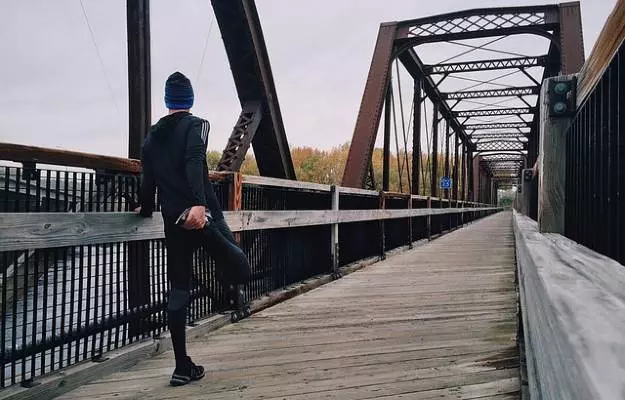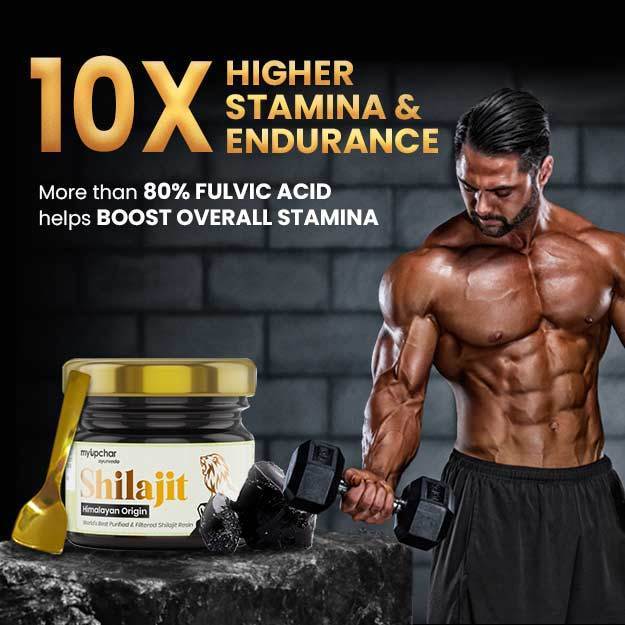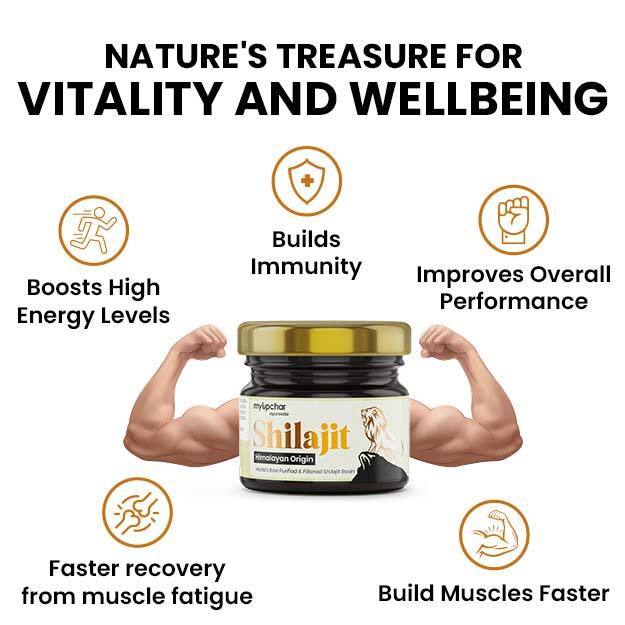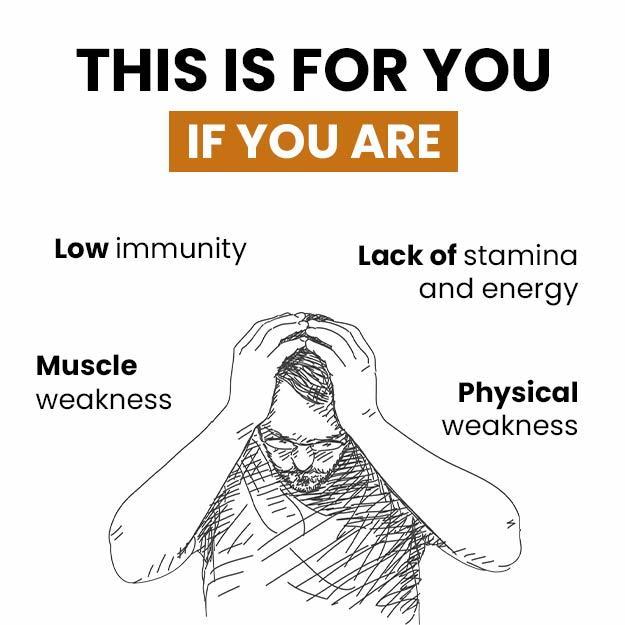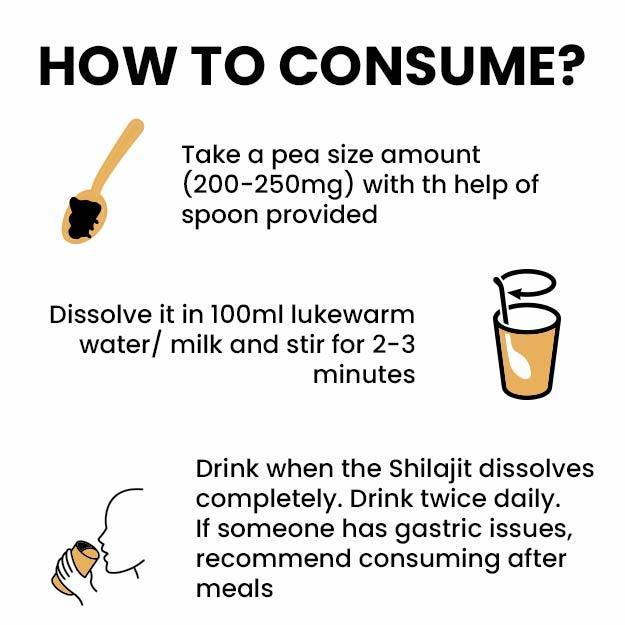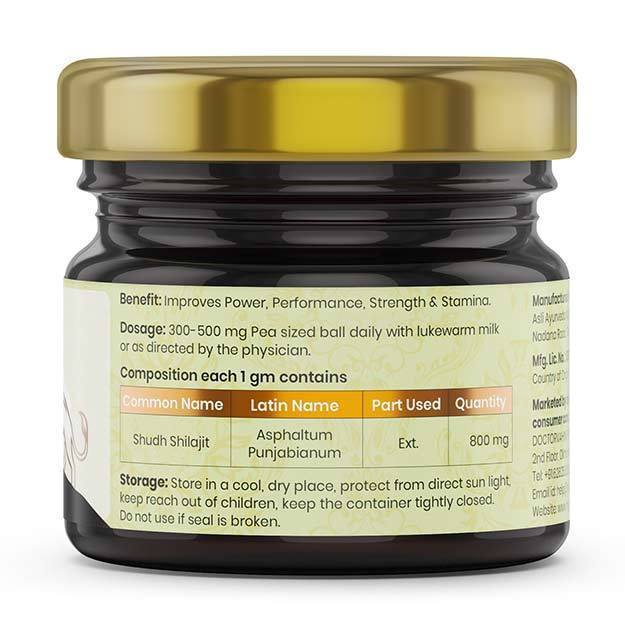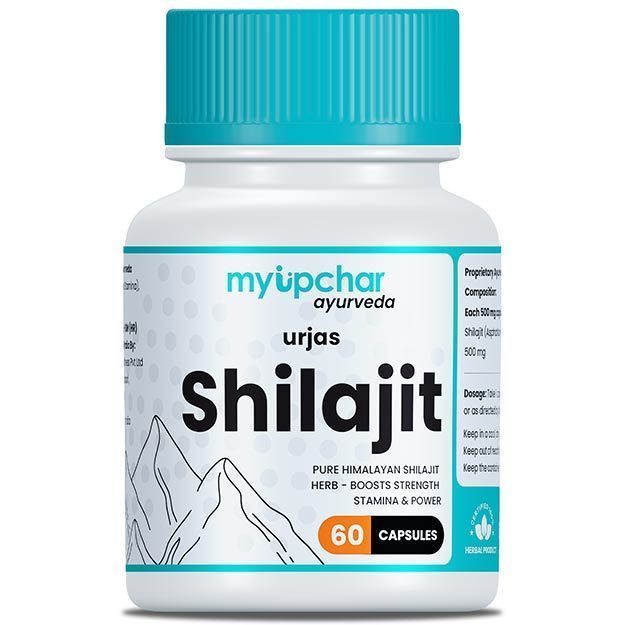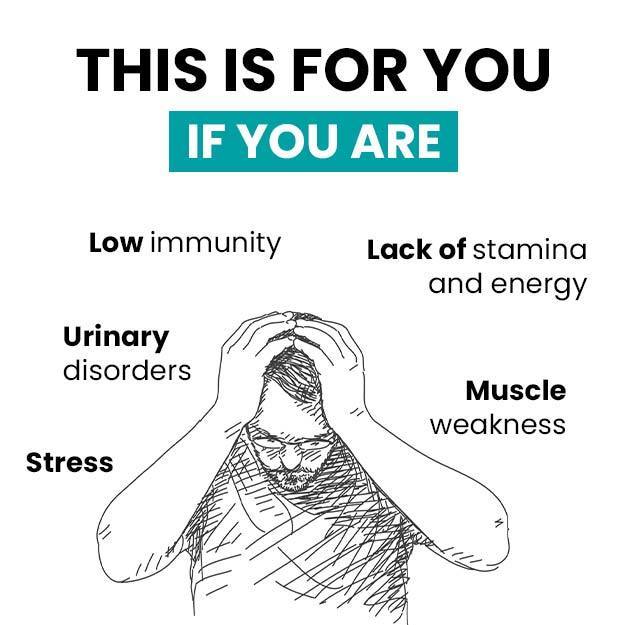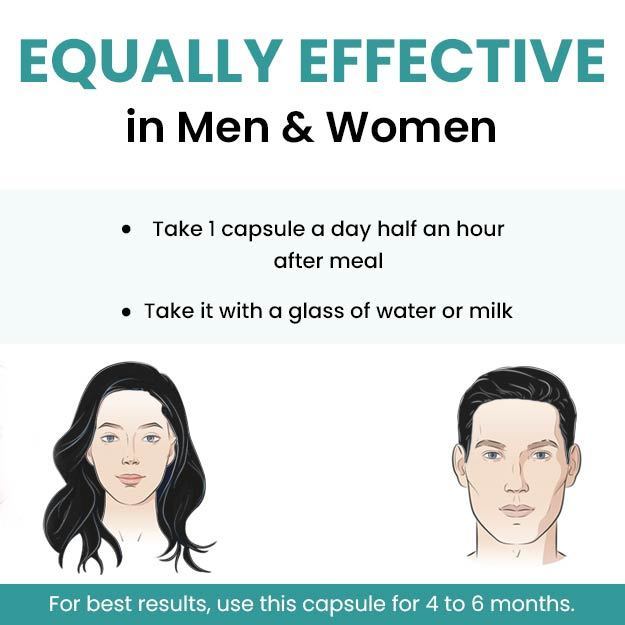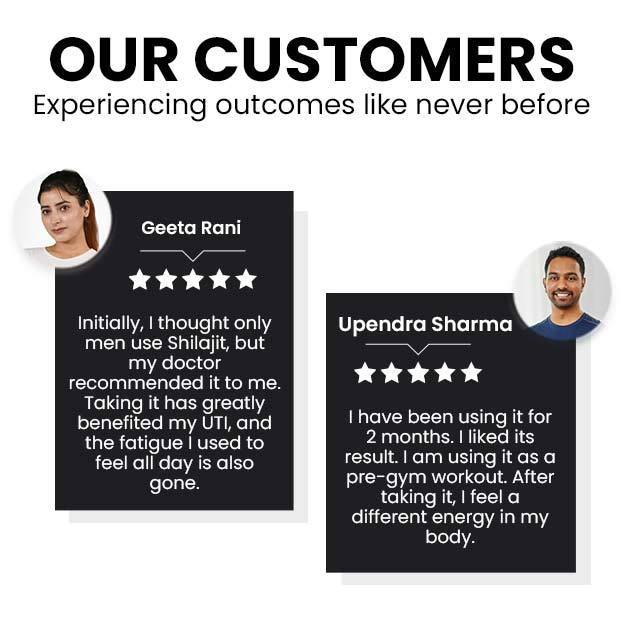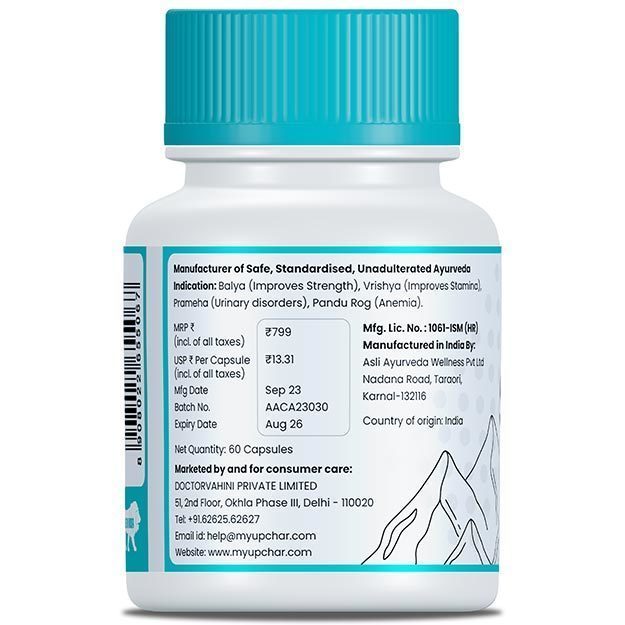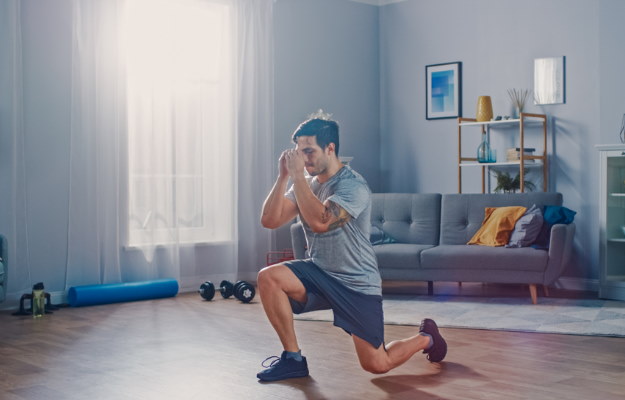We have already discussed the importance of stretching in a workout in another article. Whether stretching is done before the workout - with some dynamic stretching exercises - or afterwards - using static stretching methods - it should be an essential part of one’s daily exercise routine.
Fitness enthusiasts, sportspersons or even those who do not exercise regularly or lead a sedentary lifestyle, are encouraged to perform stretching exercises to avoid workout injuries. Stretching exercise also help to avoid chronic conditions that can emerge out of poor posture or repetitive motions. (Read more: Exercises to improve your posture and Repetitive Strain Injury)
One simply cannot wake up in the morning and set off on a long run, or perform a set of heavy exercises first thing. The muscles in the body must be warm and loose enough to be able to reach their optimum lengths when they are put under the stress of running or training in a gym. That is why one can see people performing flexibility exercises for a short duration before getting into more serious, intense movements.
While stretching may appear to be boring and monotonous, it is an important part of any exercise routine. Every major muscle group in the body has different exercises to increase its range of motion and loosen it up. Here's a look at some exercises that must be performed as frequently and regularly as possible:

